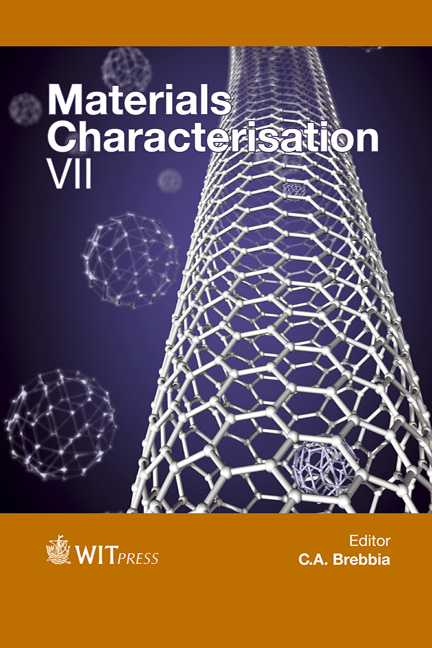Electrochemical And Corrosion Resistance Of New Ti-Mo-Fe Alloys For Biomedical Applications
Price
Free (open access)
Transaction
Volume
90
Pages
10
Page Range
369 - 378
Published
2015
Size
749 kb
Paper DOI
10.2495/MC150331
Copyright
WIT Press
Author(s)
Y. M. Abd-elrhman, M. A. Gepreel, A. Abd El-Moneim, S. Kobayashi
Abstract
Titanium and its alloys have been used extensively in the last few decades as materials for orthopedic and dental implants and other medical devices due to their high strength, low modulus, and high corrosion resistance in biological media. Besides other important material features, the corrosion parameters and corrosion products are responsible for limiting the biocompatibility of metallic materials, and can produce undesirable reactions in implant-adjacent and/or more distant tissues. Electrochemical corrosion behaviors of novel beta titanium alloys, Ti-4.7Mo-4.5Fe, Ti-3Mo-0.5Fe and Ti-2Mo-0.5Fe were investigated in naturally aerated Ringer’s solution at room temperature compared with currently used biomedical titanium alloy, Ti-6Al-4V. Very low current densities were obtained from the potentiodynamic polarization curves, indicating a passive behavior for all the studied alloys. Electrochemical impedance spectroscopic (EIS) studies showed high impedance values for all samples indicating an improvement in corrosion resistance of the spontaneous oxide layer. The fitting data obtained suggests a single passive layer form on the virgin surfaces of the alloys. The EIS results exhibited capacitive behavior (high corrosion resistance) with phase angles close to -80°C and high impedance values at low and medium frequencies, which are indicative of the formation of a highly stable film on these alloys in the test solution. The new present alloys are promising metallic biomaterials for the future, owing to their very low elastic modulus and good corrosion resistance capabilities.
Keywords
titanium alloys, corrosion resistance, Ringer’s solution





